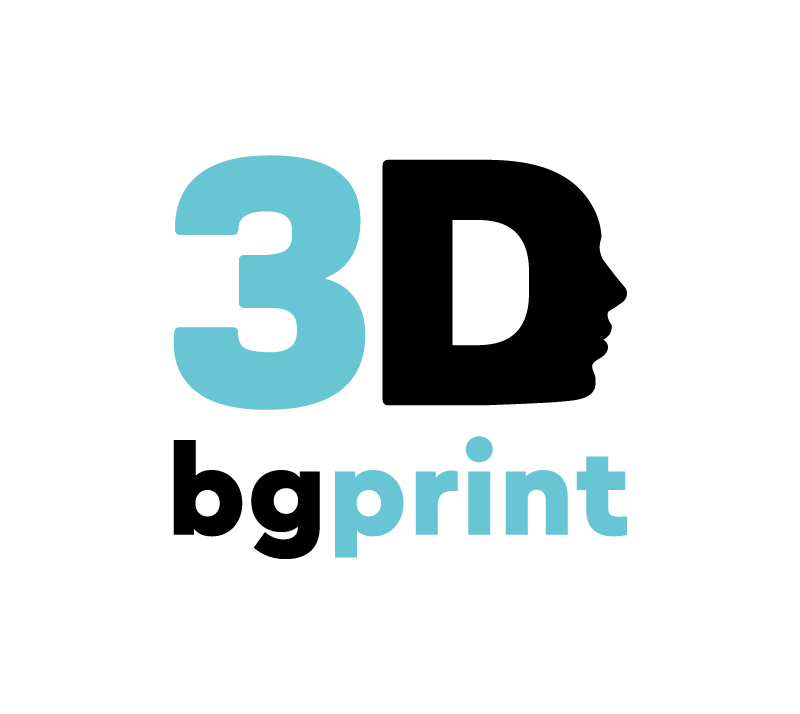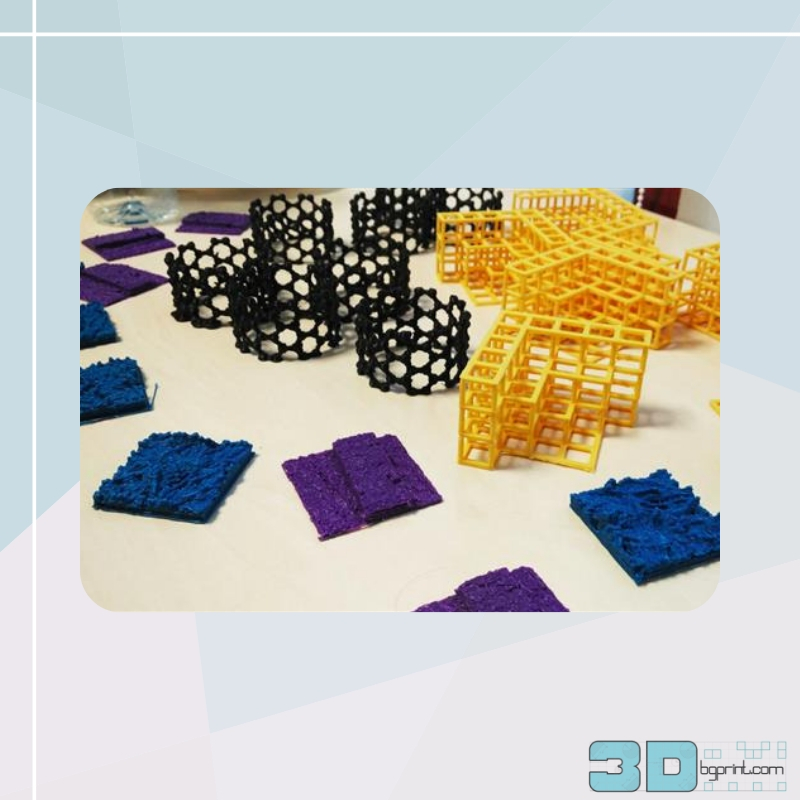Your cart is currently empty!
A versatile technology, 3D printing has not only set the gears in motion for a manufacturing revolution but has also been a big help in promoting STEM education amongst younger generations.
The integration of 3D printers into the classroom has shown teachers and students alike practical applications for programming and CAD design, as well as the ins and outs of additive manufacturing technology.
In Spain, for instance, a team of scientists from the Institute of Materials Science of Barcelona (ICMAB) have developed an educational course that employs 3D printing technology to help teach material science to high schoolers.
So far, the specially designed course has been tested by a number of high school teachers with the hopes that they will bring the innovative material science program and 3D printing technology into their classroom.
With the kit, students aim to recreate various crystallographic structures using the 3D pen;
The physical recreation of the crystallographic structure aims to provide students with a more tangible and deeper way of understanding science, rather than simply looking at three-dimensional diagrams in a book/textbook.
In addition, the educational program was supposed to make students understand how nature is built. For example, the cubic structure, which is the most frequently repeated structure in nature; Students will become more familiar with this reality because they will have to build the different structures themselves with their 3D pens.
The course was developed by Anna Crespi, Judith Oro, Maite Simon and Andrés Gómez and is fully funded by the Catalunya La Pedrera Foundation. And while the scientists are not sure how many schools will benefit from their innovative 3D printing course, the program works to show how 3D printing can be used in a number of areas of education.

